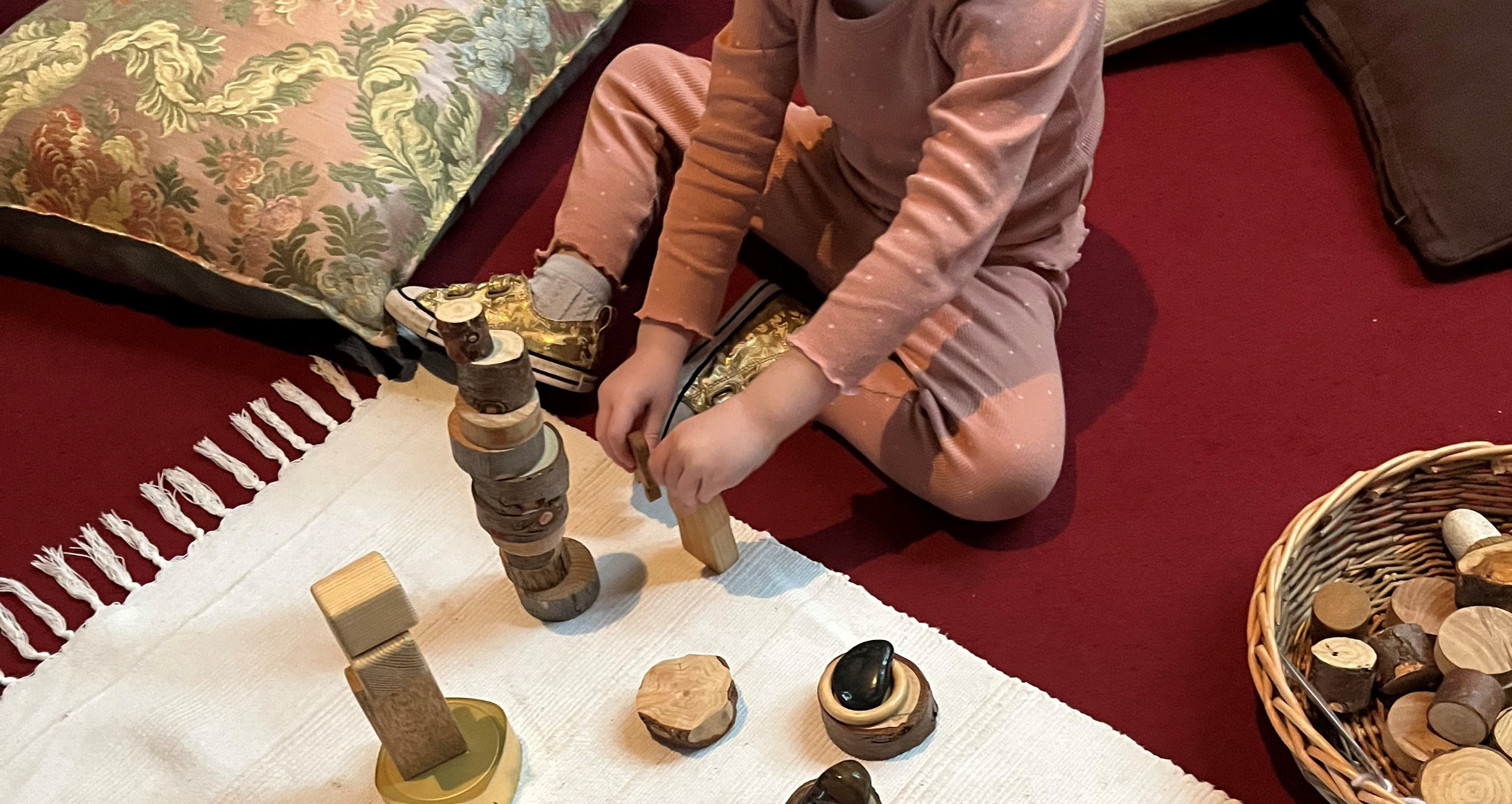The Revd Julia Chamberlin, Children, Youth and Families Project Adviser for the Diocese has been visiting churches across our region, supporting ways in which we can be more welcoming to young children and their families.
Whilst walking, the Revd Julia spotted that a local village churchyard had notices all around instructing visitors to ‘Keep Off the Grass’. Churchyards can offer a beautiful welcoming space to passers by and we want to encourage the public to use them, whether to admire nature, sit and eat a picnic, or take a gentle stroll. Imagine if picnic tables or benches were offered, with an open church sign inviting people in. Making small steps such as this can make a huge difference.
The Revd Julia explains: “Our welcome begins with the first step toward the church; with the first browse of the website or Facebook page. Our welcome should be the most obvious of the messages we convey, especially to children, young people, and their families. I invite you to walk toward your church building as if for the first time, browse your website or social media pages, as if you know nothing of your church. What messages do they convey? Is there a warmth and welcome for everyone?”
Jesus instructed his disciples, “Let the little children come to me. Don’t stop them because the Kingdom of Heaven belongs to people who are like these children.” Matthew 19.14.
With that in mind, here are a few things to consider:
- Make advertising bright and colourful using accessible language
- Advertise what your building can offer – toilets, baby changing, accessibility, children’s area, events, and services aimed specifically for children and young people
- Use language that is easy to comprehend and ensure dates and times are clearly stated.
It is just as important to make the inside of our churches as welcoming as the outside. Below are some things to consider when creating a great children’s area:
1. Think carefully about where it is
- Can families sit with their children and see what is going on? Can the children?
- Position it in a safe, comfortable, well-lit area
- Avoid it being situated in a thoroughfare, or too close to exit doors
- Check for hazards – risk assess (electrical sockets, wires, trip hazards…)
- Keep it clean, keep it tidy
- Appoint someone to be responsible for it who sees it as part of their mission and ministry.
2. You don’t need to spend a lot of money – and it can be developed over time
- Quality wooden toys are often found in charity shops or second-hand
- Traditional toys such as Duplo, wooden bricks, cars, road mats and a train set allow shared play and adult interaction and are often available in charity shops
- Include items that will be of interest to encourage exploration
- Include craft materials that tie in with the seasons and the festivals of the year – to Inspire imagination and creativity
- Think about labeling and good storage boxes/baskets
- A collage tin is cheaply made using small pieces of leftover wrapping paper, tissue paper, and bubble wrap
- Celebrate our world by including natural items such as pebbles, shells, wood, fir cones, unusual objects, and different types of crosses – these create a rich and engaging experience that promotes their spirituality and a deeper connection to the world around them
- Chalks, play doh, colouring pens and crayons along with paper of different colours and shapes
- Bible linked puzzles, colouring sheets activities such as origami or crafts are widely available on in internet and Pinterest.
3. Children need space to explore and play – so do not make it too small or cramped.
- It needs to be comfortable and accessible for adults too
- Space for a buggy
- The floor needs to clean and comfortable
- Avoid old carpets, there are some excellent large children’s rugs available
- Ensure they are vacuumed regularly
- Do not over fill the space with chairs and tables – it is not school and the floor is a child’s natural place to play – cushions and colourful bean bags cheer it up too
- Ensure storage is at a child’s height and is accessible to them. Separate baby toys and avoid large heavy boxes.
4. Nurture spirituality and grow faith
- Think about a cosy space using a tepee, cushions or beanbags and twinkly lights – this makes a lovely space for books and reading too.
- Include baby, toddler and primary age bibles and Christian books, as well as nonreligious books. Libraries can offer good examples of these, and Christian bookshops are a fountain of good advice. Ask parents and other churches what they would recommend.
- Display books so that children can see the cover
- Big Book Bible stories are available for toddler groups
- Story / activity bags – for use in the pews
- Include some reflective, affirming Bible verses as posters to encourage adults and children to think together about faith
- Ideas are readily available in prayer space resource books, Prayer Spaces in Schools website, Mission Hub and the Resource Centre
- Offer a prayer tree, prayer cairn of interesting stones or chalk board – something to encourage prayer and reflection
- Ask God anything? A camouflage net or string line can be used for questions or prayers to be pegged on to. Spaces like this include everyone and will grow over time. Do check what is added regularly as some may not be as appropriate as others
- Reflective activities should be refreshed regularly and can be supported by everyday objects and toys such as water doodle playmats or wipeable boards which support God’s forgiveness and new beginnings.
5. Musical instruments for worship time
- Adult guidance may be needed
- These can be homemade but do remember to risk assess them e.g are there any choking hazards?
- Charity shops often have instruments too.
This is not a definitive list but we hope that this encourages you to take a step further in your welcoming of children and their families. If you would like some more advice or help in making your church more welcoming to young families and their children, please email the Children, Youth and Families Team or call 01603 881735.


